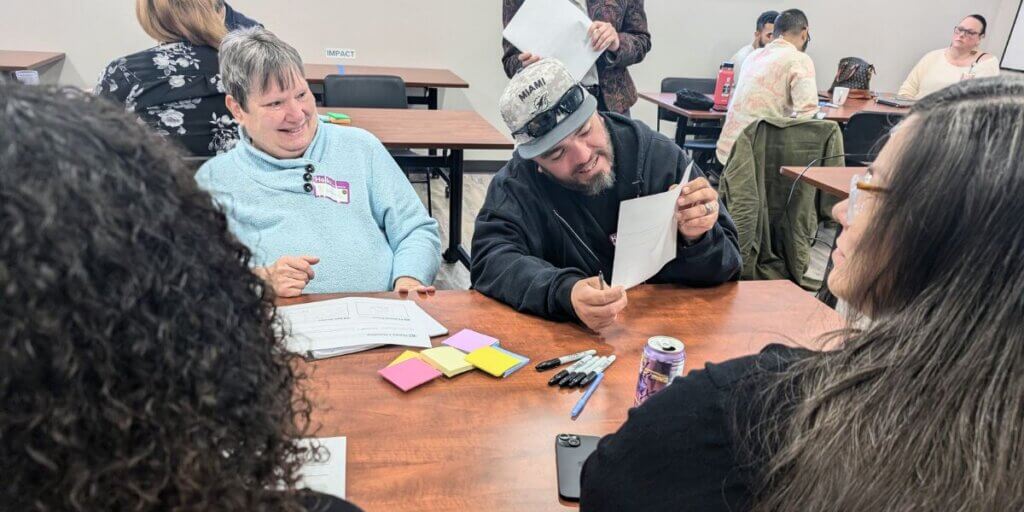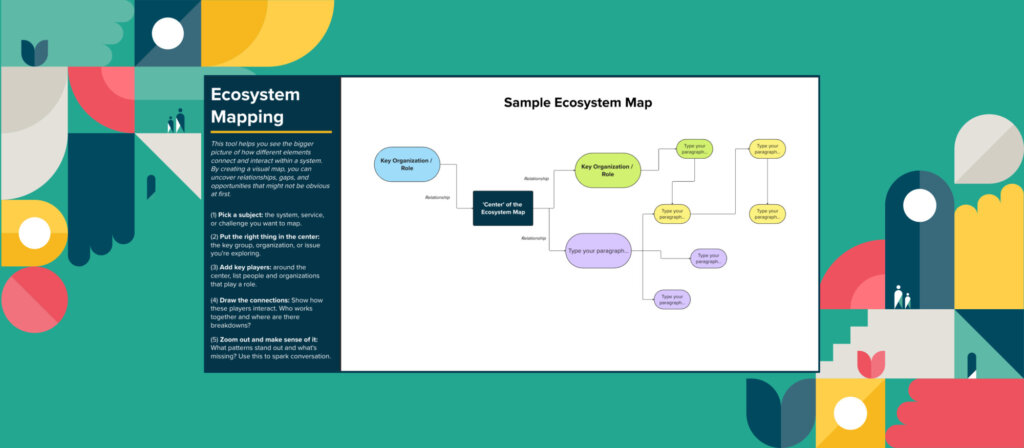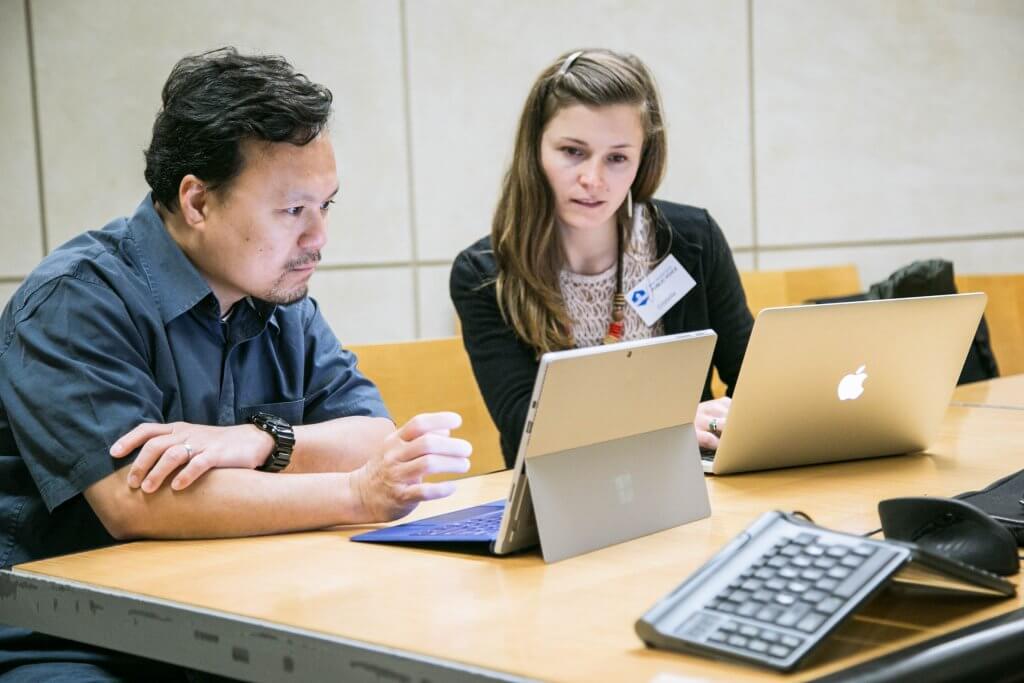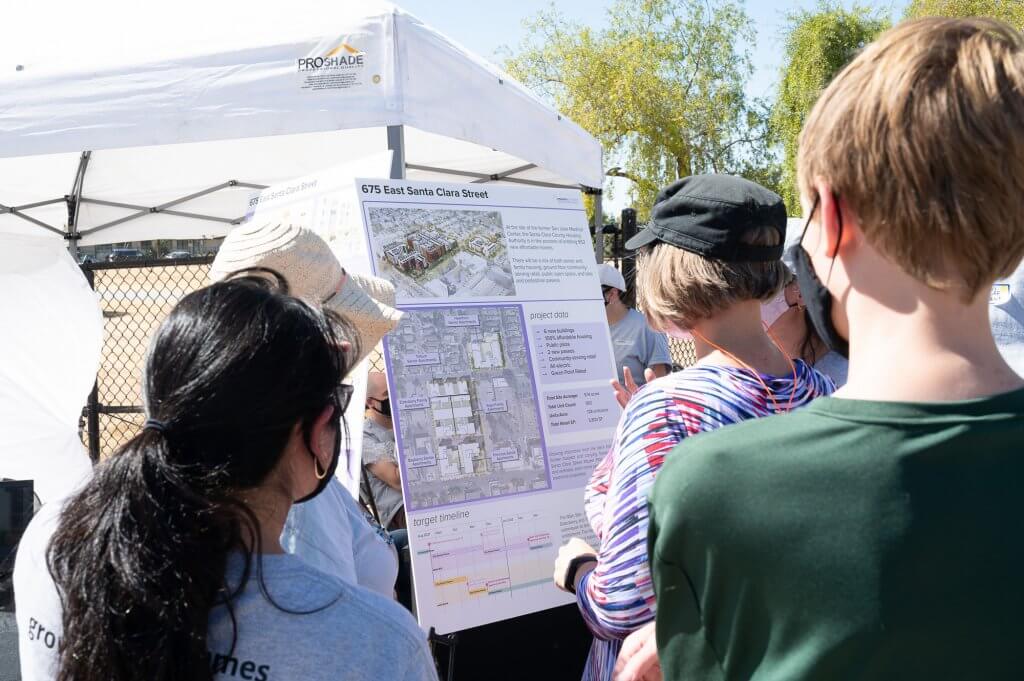Community & Stakeholder Engagement, Listen
Communications Strategy & Messaging Guidelines
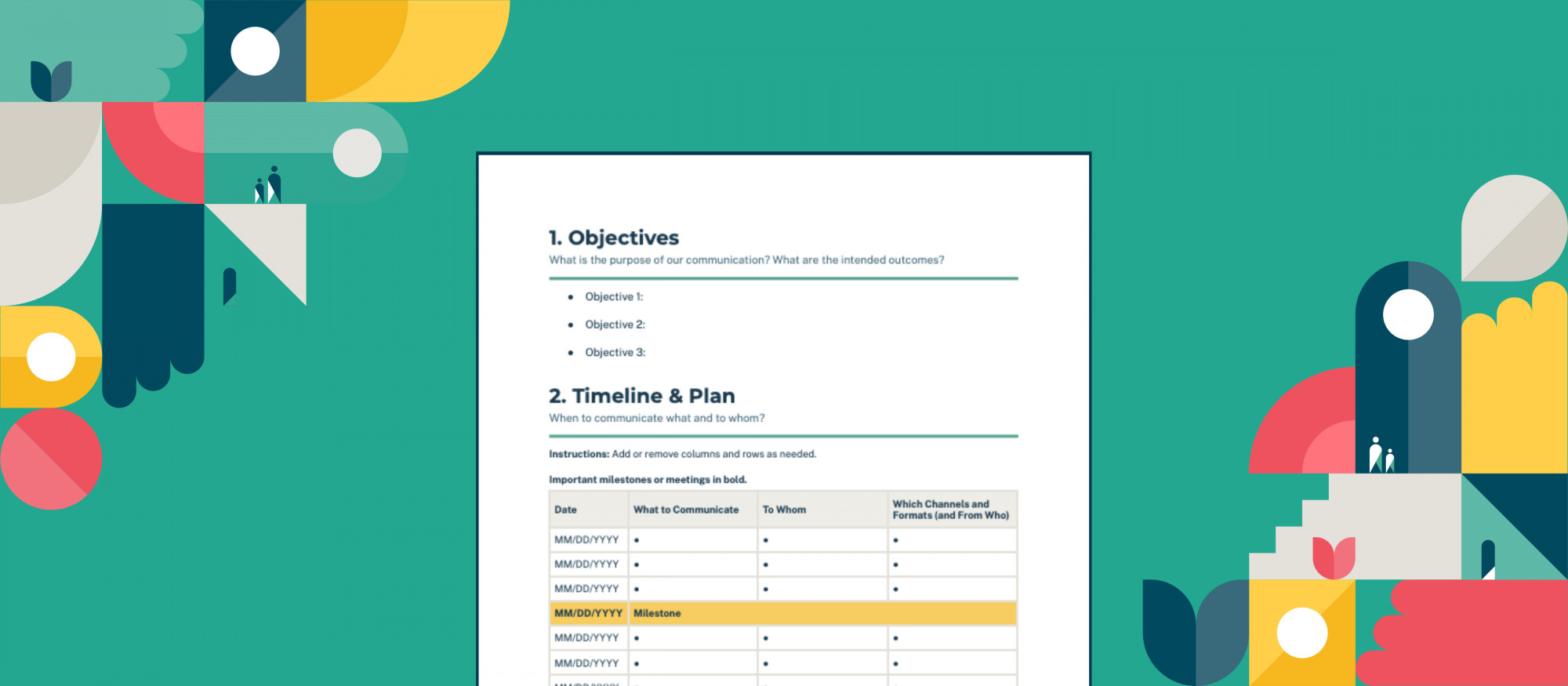
Last Updated: November, 2021
When engaging stakeholders (whether it be the general public, partners, staff, etc.), it is important to orchestrate a rollout of communications that is extensive, well timed, and coordinated. The messaging should also be consistent and tailored to appeal to every audience group. We have developed the Communications Strategy & Messaging Guidelines Template as a tool to facilitate this. We use it on many of our community engagement projects here at CivicMakers, and is most commonly applied in the Define phase and referenced during the Implementation phase.
Usage Tips
Recommended Roles: 1-2 Co-Designers
- Initial Setup: 1-2 Hours
- This is a working document that will need to be continually updated as new information arises and project timeline or messaging changes.
Facilitation Tips:
- Share your draft with the full project team to ensure alignment and to put the resource on their radar for reference during implementation (i.e. outreach collateral creation and distribution).
- Ask for feedback from your project team to determine if the objectives, timeline, and messaging are comprehensive, accurate, and realistic. It may be helpful to host a team meeting to walk through the Communications Strategy.
- Solicit feedback from a sample of trusted stakeholders who are (or are representative of) the intended audience to validate the list of outreach channels and required collateral, test the appeal and understandability of the messaging, as well as anticipate reactions and questions. Revise accordingly.
Next Steps: Reference these guidelines when you design and draft outreach collateral to streamline the creation.
Acknowledgments
This tool was developed by our team members Cristelle Blackford, Lawrence Grodeska, and Victor Tran to support community engagement projects.
Licensing
 This work by CivicMakers, LLC is licensed under a Creative Commons Attribution-NonCommercial 4.0 International License.
This work by CivicMakers, LLC is licensed under a Creative Commons Attribution-NonCommercial 4.0 International License.
This license allows reusers to distribute, remix, adapt, and build upon the material in any medium or format for noncommercial purposes only, and only so long as attribution is given to the creator.
